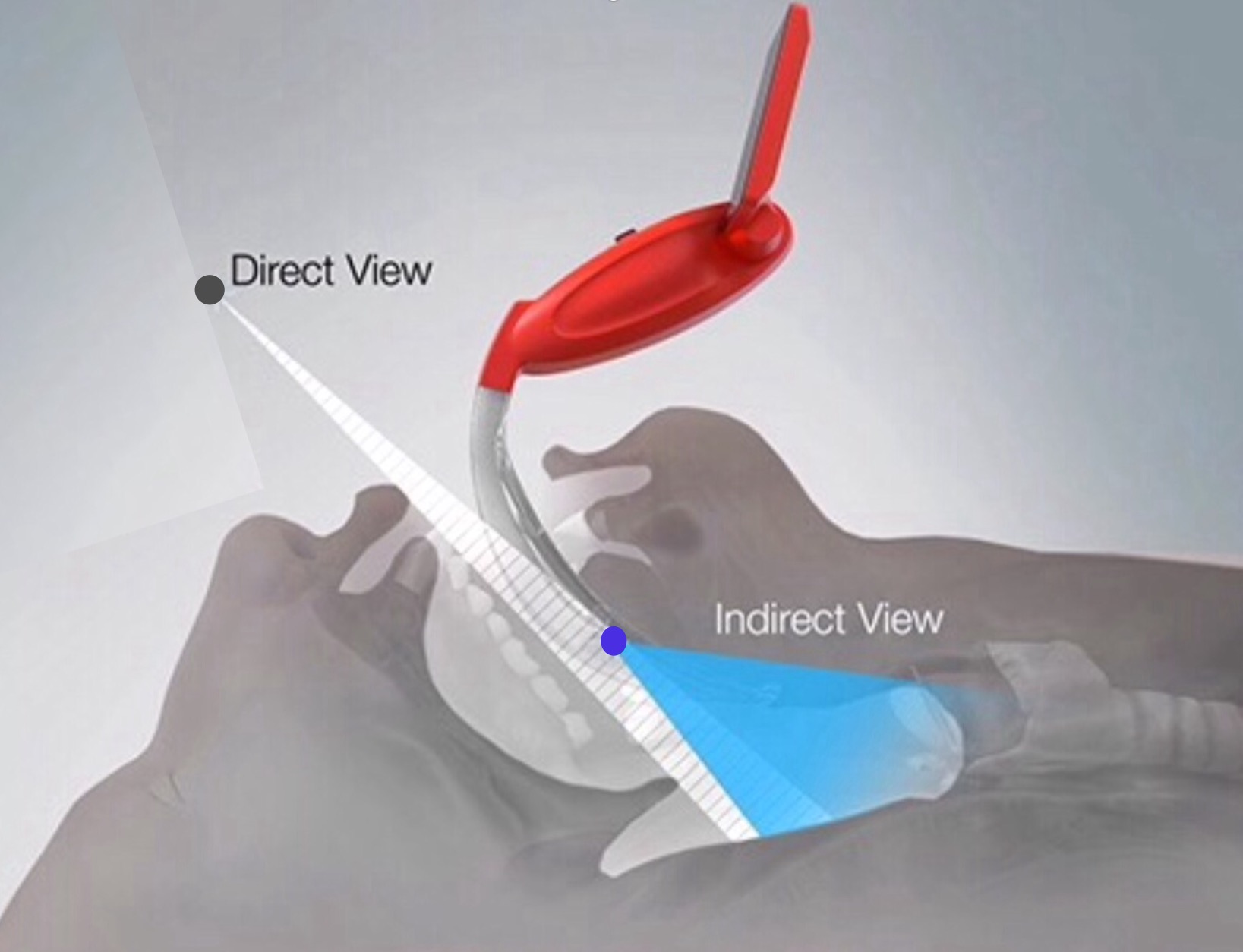What you need to know about Laryngoscopy
Contents
Laryngoscopy is a procedure that gives your doctor a close-up view of your larynx (voice box), including the vocal cords and nearby structures such as the back of the throat, using a special scope called a laryngoscope.
There are several reasons why you might need a laryngoscopy, including:
-
To look for the causes of symptoms in the larynx or throat, such as persistent cough, bloody cough, hoarseness, bad breath, throat pain, narrowing of the throat (strictures or stenosis), persistent earache, difficulty swallowing, as well as mass or growth in the throat.
-
To take biopsy samples of any abnormal areas in the vocal cords or nearby parts of the throat. The samples are then examined closely in a laboratory to find out if it contains cancer cells.
-
To treat certain problems in the larynx, including some early stages of cancers.
-
To remove a foreign object from your throat

What does the Procedure Involve?
Indirect laryngoscopy
During this procedure, you will sit up straight on a high back chair. Local anesthesia or numbing medicine will be sprayed on your throat so you will not feel anything. Your tongue will be covered with gauze and will be moved to one side to stop it from blocking your doctor’s view. Your doctor will then insert the small mirror into your throat and explore the area. Although your throat is numbed, having a mirror inserted into your throat may still make you gag. Sometimes, your doctor may ask you to make a certain sound in order to make your larynx move. If your doctor found a foreign object in your throat, they will remove it.
Direct fiber-optic laryngoscopy
Sometimes called flexible laryngoscopy, direct fiber-optic laryngoscopy uses a small telescope attached at the end of a cable, which can go up to your nose and down into your throat.
In this type of laryngoscopy, your doctor will give you a numbing medicine for your nose so you will not feel anything. In some cases, your doctor may use a decongestant to open your nasal passages. As in indirect laryngoscopy, you may gag during direct fiber-optic laryngoscopy as well.
Direct laryngoscopy
Direct laryngoscopy is the most involved type of laryngoscopy. During this procedure, your doctor will push a laryngoscope (a small hand tool that allows your doctor to look into your larynx and other surrounding areas of your throat) down your tongue and lift up the epiglottis. The epiglottis is the flap of the cartilage covering your windpipe that closes during swallowing and opens during breathing.
Your doctor may remove small growths or tissue samples for testing (biopsy). They can also use direct laryngoscopy to insert a tube into your windpipe to help you breathe during surgery or in an emergency.
With this type of laryngoscopy, you will be given general anesthesia.
How Long Should I Stay in the Area?
Laryngoscopy is usually performed as an outpatient procedure, so you can leave the hospital on the same day. Since the results will usually be available within a few days, it is advisable that you stay in the area for 3 to 7 days. Once the results are ready, you will have to visit your doctor to discuss the results.
What’s the Recovery Time?
Your throat may be slightly swollen or feel sore for around 2 to 5 days. You may also notice that your voice sounds hoarse. This may resolve within 1 to 8 weeks. You may be asked to speak as little as possible for a week or two. Therefore, if your job requires using your voice, you should take 1 to 2 weeks off work.
What About Aftercare?
Your doctor will give you detailed instructions on what you can and cannot do during your recovery time. Since your mouth and throat will be numb for a couple of hours following the procedure, you will not be allowed to drink or eat anything until the numbness subsides. Your throat may be sore once the numbness wears off. You can gargle with salt water or suck on ice to ease it. Your doctor may also recommend you to take over-the-counter pain relievers.
What’s the Success Rate?
Laryngoscopy is a safe and highly successful procedure. For example, the procedure has a 100% accuracy rate in identifying cancer. Still, you need to be aware that there are some side effects and risks of laryngoscopy. These include:
-
Bleeding
-
Pain or swelling in your throat, tongue, or mouth
-
Hoarseness
-
Infection
-
Gagging or vomiting
Are there Alternatives to a Laryngoscopy?
The alternative to laryngoscopy depends on the reason why you need it. Sometimes, your doctor may recommend laryngeal electromyography (laryngeal EMG) as the alternative. With a laryngeal EMG, the muscle activity in the vocal cords and throat are assessed. Another procedure called esophagogram, also called a barium swallow, can also be used. In esophagogram, patients drink a small amount of barium prior to the test and an X-ray is used to see the structure and function of the esophagus during swallowing.
What Should You Expect Before and After the Procedure
Before laryngoscopy, you may experience symptoms in the larynx or throat, have certain problems in the larynx, or have a foreign object in your throat. After the procedure, the cause of your symptoms will be found, your problems should be treated, and any foreign object should be removed.
For an in-depth analysis of a Laryngoscopy Procedure, watch this short video.
To check prices or to book a Laryngoscopy Procedure, in Thailand or anywhere else in the world, head on over to MyMediTravel now!

